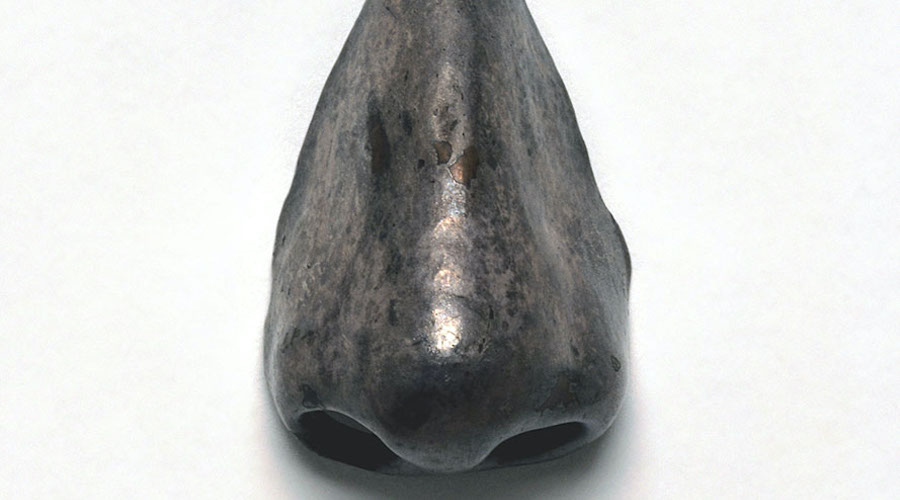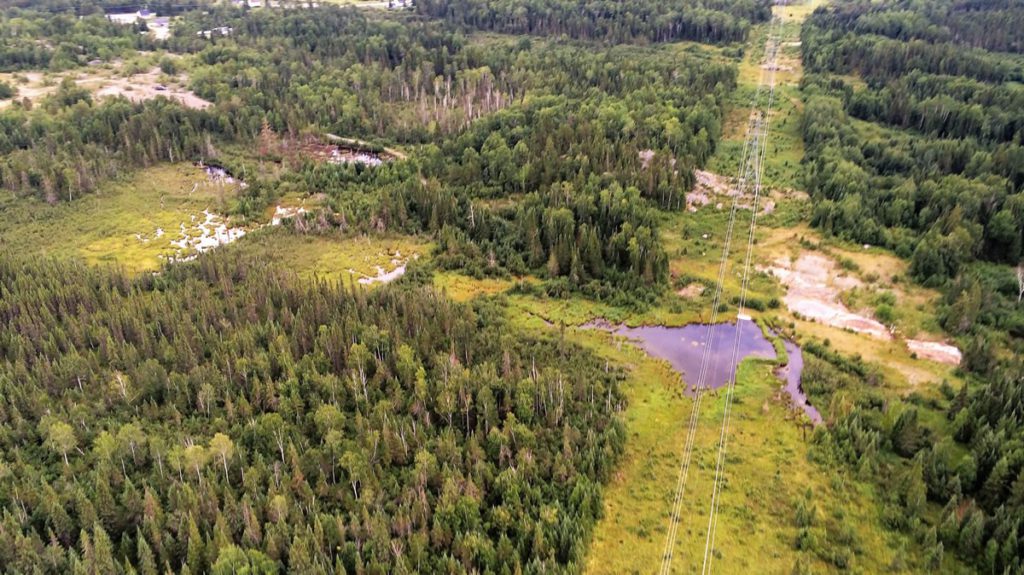Global iron ore production growth to accelerate until 2026 â report

Fitch forecasts global mine output growth to average 2.7% over 2022-2026 compared to -1.3% over the previous five years. This would lift annual production by 361.7mn tonnes in 2026 compared to 2022 levels, roughly the equivalent of Russia, India, and South Africa’s combined 2022 output.
Supply growth will be primarily driven by Brazil and Australia, while Brazilian miner Vale has aggressive expansion plans, Fitch notes, adding that miners in Australia including BHP, Rio Tinto and Fortescue will reinvest currently buoyant profits into additional production.
In Mainland China, iron ore production will rise once again in the next three to four years as the country works to increase its self-sufficiency and reduce Australian imports, having declined significantly over recent years, the analyst predicts.
As China’s miners operate at the higher end of the iron ore cost curve and domestic ore grades will continue to decline, Fitch expects Chinese firms to prioritise investment in overseas iron ore mines, such as the giant Simandou deposit in Guinea.

Australia
Fitch forecasts iron ore production in Australia to grow at an annual average of just 0.4% over 2022-2026. The significant slowdown compared to the previous five years comes from the launch of the limited new sources of supply from new projects available. This would lift annual output by just 19.3 million tonnes compared in 2026 compared to 2022 levels.
The analyst believes Australia’s seating at the lowest-end of the global iron ore cost curve will provide a healthy buffer against falling prices in the coming years despite the slowdown. On average, the cost of producing iron ore in Australia is $30/ tonne, compared with $40-50/tonne in West Africa and $90/tonne in China, the analyst notes.
Brazil
Brazil’s iron ore production growth will rebound in the coming years following contraction and stagnation over 2018-2020, Fitch predicts, noting that low operating costs, a solid project pipeline and Brazil’s high-quality iron ore increasingly favoured by Chinese steel producers will all contribute to higher output. Fitch forecast Brazil’s iron ore production to increase at annual average rate of 2.6% from 2022-2026 from 409.6mnt this year to 473.5mnt in 2026.

The Brumadinho dam collapse sparked a flurry of investigations into Vale’s operations, leading to executive removals, idling operations, and fines on the horizon. The disaster triggered an initiative by Vale to decommission its remaining upstream tailings dams over the next three years, effectively cutting off 40mnt of iron ore per annum. Since the announcement, multiple operations have been idled, causing further supply disruptions.
The Brucutu mine (30mtpa) was idled for six weeks, allowed to reopen, then idled again days later following another court ruling, then finally reopened in June. Fitch expects to see continued regulatory scrutiny over Vale and the iron ore sector as the government grapples with the deadliest environmental disaster in the nation’s history.
In December 2020, The Samarco joint venture, owned by BHP and Vale, restarted. Production is initially aimed at 26% of its 30.5mnt capacity with a 60% nameplate utilisation target set for 2026.
Production growth will stagnate over the longer term and Fitch forecasts production to peak around mid-decade just shy of 1 billion tonnes. This production slowdown will be due to mothballing of mines by junior miners and a pullback in capital expenditure by larger firms as iron ore prices decline, says Fitch.
Majors continue to decrease costs and increase production in the longer term focusing on higher quality ores as much as possible to improve margins and supply ‘green’ steel production.
(Read the full report here)
This post has been syndicated from a third-party source. View the original article here.




